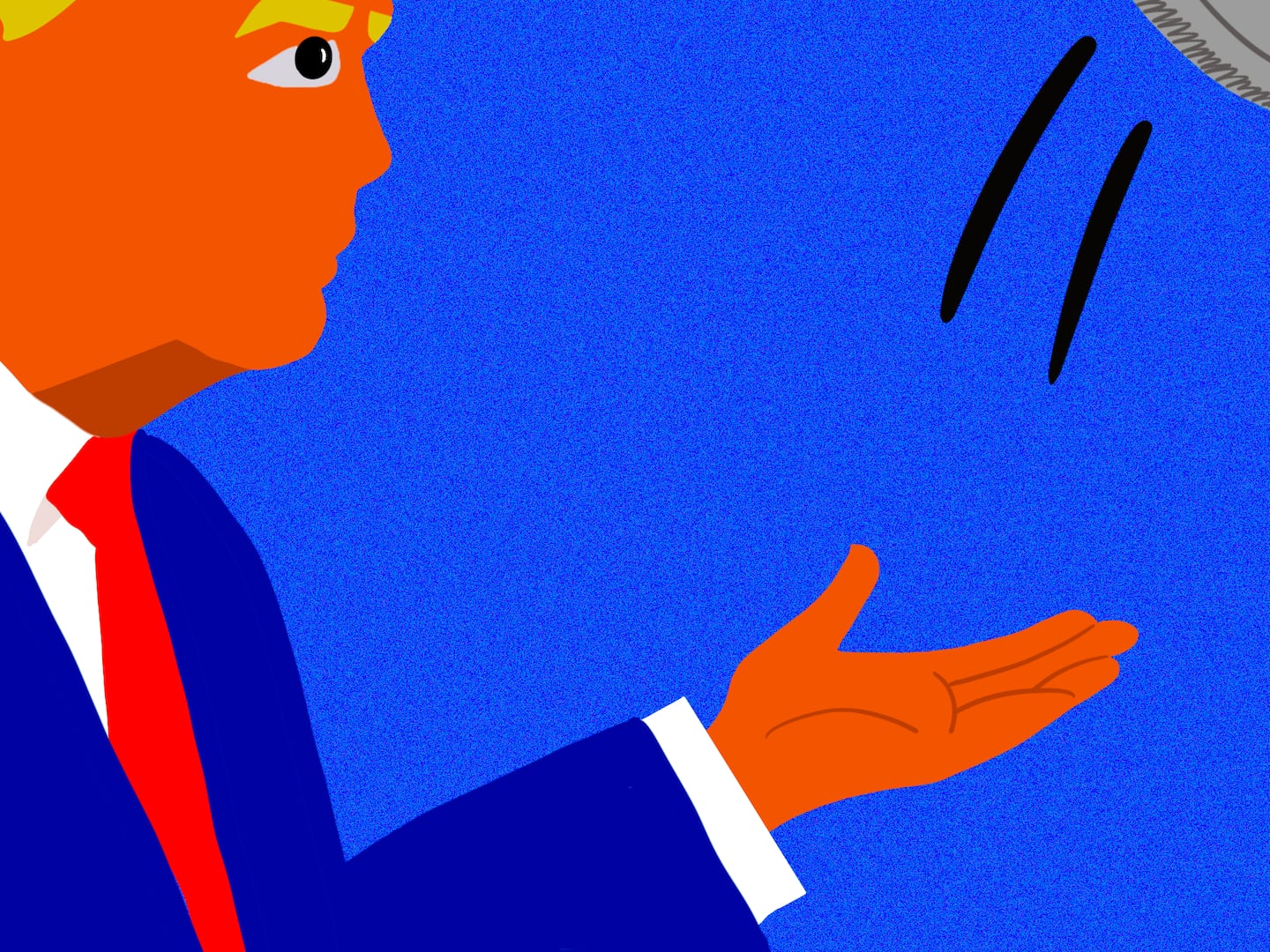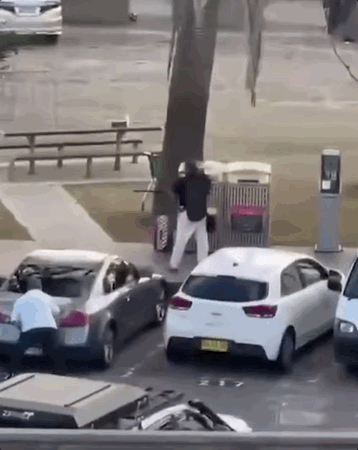The end of summer typically places a temporary halt on certain freedoms and privileges enjoyed by American teenagers, but the mere changing of the seasons shouldn’t curtail their privacy rights or civil liberties. Yet more and more high schools around the country are announcing plans to drug-test their students—even though such policies are expensive, ineffective, and make teens feel like prison inmates.
Two schools recently drew media attention for joining the ranks of institutions that impose mandatory, random drug tests on certain students. Every other week, administrators at Crivitz High School in Crivitz, Wisconsin, will make five students—randomly chosen from a pool of kids who either have parking spaces or are involved in various extracurricular activities—give urine samples, which will then be sent off to a lab for examination.
Schools generally aren’t allowed to drug-test the entire student body without probable cause—that would violate the Fourth Amendment’s prohibition against unreasonable searches and seizures. But in 2002, the Supreme Court ruled in Board of Education v. Earls that administrators can mandate drug-testing as a condition of involvement in after-school sports and clubs.
In practice, this loophole permits schools to test a large majority of the student population. At Crivitz, for instance, 1,266 of the school’s 1,458 students are eligible to be tested for one reason or another.
"Participating in extracurriculars…in public high schools is a privilege and it's not a right, as well as parking on our school parking lot," Crivitz Athletic Director Jeff Dorschner told wearegreenbay.com.
Students are not allowed to refuse the test. Anyone who fails it will be suspended from sports and clubs, and undergo psychological counseling.
Administrators have pledged not to expel students, or involve the police—and thank goodness for that. School officials are already over-inclined to sic the cops on kids who commit minor behavioral infractions; the wave of “zero tolerance” school disciplinary policies has made academic suspension the de facto punishment, even in cases where a student did little wrong (like allude to drug use in a diary) or even absolutely nothing wrong (like make up a story about killing a dinosaur). And students who are genuinely struggling with drug abuse will not be well served by time away from school, or time in jail.
But even if students don’t receive formal punishments, randomly drug-testing them breeds resentment among kids—many of them, of course, have done nothing wrong—and may even discourage them from signing up for extracurricular activities in the first place.
To understand why this is a bad thing, consider the Avon Local School District in Avon, Ohio, which is implementing a similar policy for students in grades 7 and up.
Eligible students will be tested once per semester, and randomly throughout the year. The test will screen for “LSD, alcohol, marijuana, amphetamines, methadone, anabolic steroids, methaqualone, barbiturates, nicotine, benzodiazepines, opiates, cocaine and propoxyphene.” That’s right, nicotine—which isn’t even illegal for 18-year-olds in Ohio.
Students who either refuse to take the test or test positive have to skip 20 percent, 50 percent, or 100 percent of their athletic season.
It’s not difficult to imagine some students embracing their inner libertarian and sitting out extracurricular activities instead of subjecting themselves to intrusive searches that certainly violate the spirit of the Fourth Amendment, if not the actual Bill of Rights.
But encouraging students to become withdrawn is a bad drug abuse prevention technique, since extracurricular involvement decreases the likelihood of drug use. As the Drug Policy Alliance explained in a 2013 report that urged a New Jersey school district not to adopt random student drug testing:
RSDT puts up a barrier to extracurricular activities we want our students to participate in. Research shows that students who participate in extracurricular activities are:• Less likely to develop substance abuse problems• Less likely to engage in other dangerous behaviors such as violent crime• More likely to stay in school, earn higher grades, and set and achieve more ambitious educational goals
Given these issues, it should come as little surprise that reviews of school drug-testing programs turn up scant evidence that they are worth it. According to The Washington Post’s Christopher Ingraham, several recent studies concluded that random drug tests had little to no long-term effect on drug use among students.
One study conducted by researchers at the University of Michigan did find evidence that RSTDs contributed to a moderate decrease in marijuana use among students. But the study also found increased use of other, more dangerous drugs in schools that had implemented drug testing. RTSD apparently turned them off of pot, and onto stronger stuff.
“Until further research can clarify the apparent opposing associations, schools should approach SDT with caution,” the study concluded.
Some supporters of drug testing might admit that the studies aren’t encouraging but nevertheless wonder what’s the harm in trying? Such thinking, however well intentioned, is part of a paternalistic pattern that strips students of their rights at every turn.
College officials, especially, have proven all-too-willing to crack down on free speech and due process on the thinnest of pretexts. Students are frequently told that they must self-censor in order to avoid hurting other people’s feelings. When they break these absurd rules, they are hauled before university-sanctioned kangaroo courts that don’t grant them the presumption of innocence (let alone legal representation).
But administrative neglect of students’ rights does not begin in college. It starts when school officials at any grade level decide that nebulous safety concerns are more important than the principles of a free society.
Schools of America: Don’t teach kids to expect arbitrary institutional mistreatment and eschew after-school interaction. It’s just not worth it.






